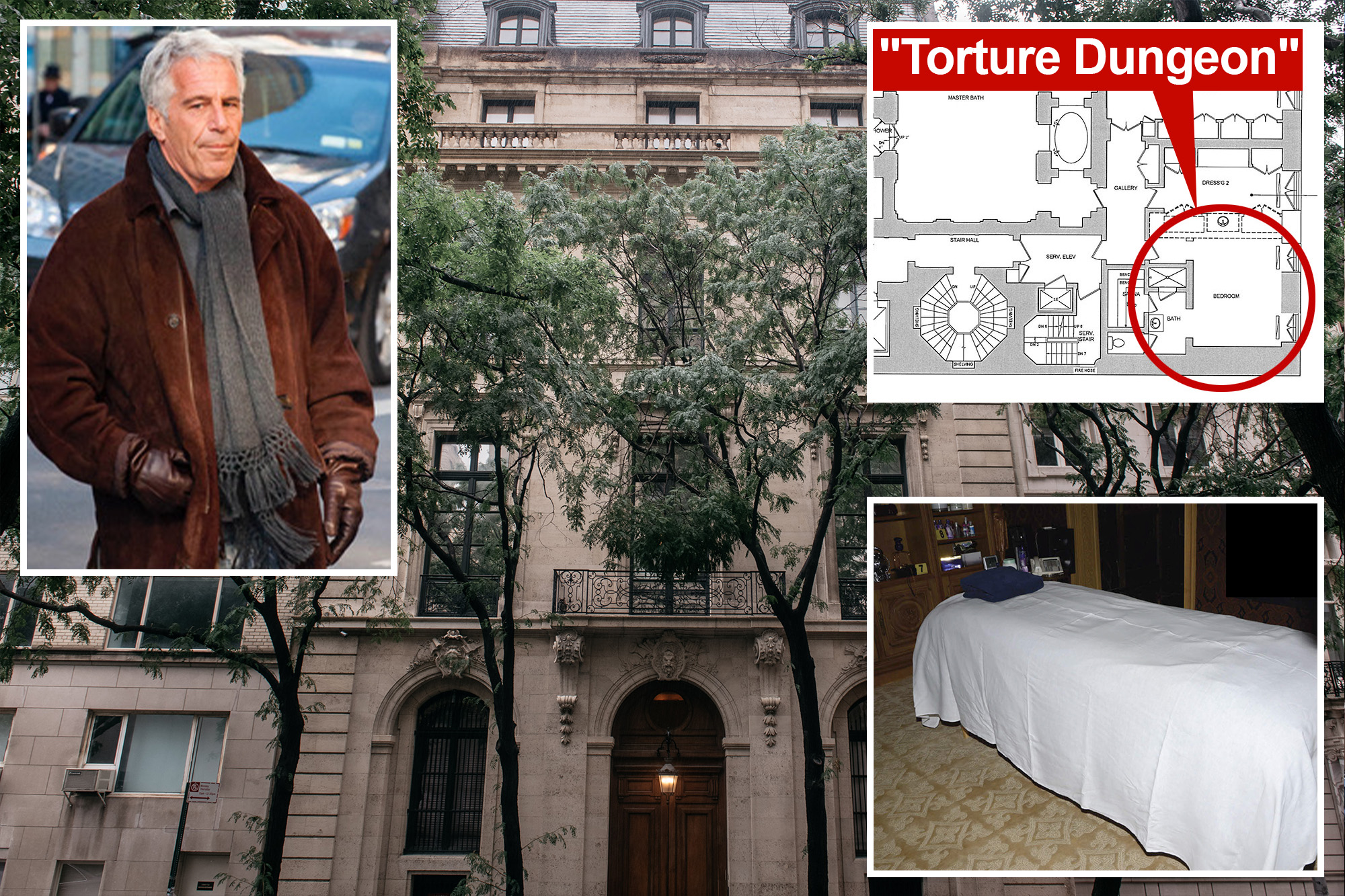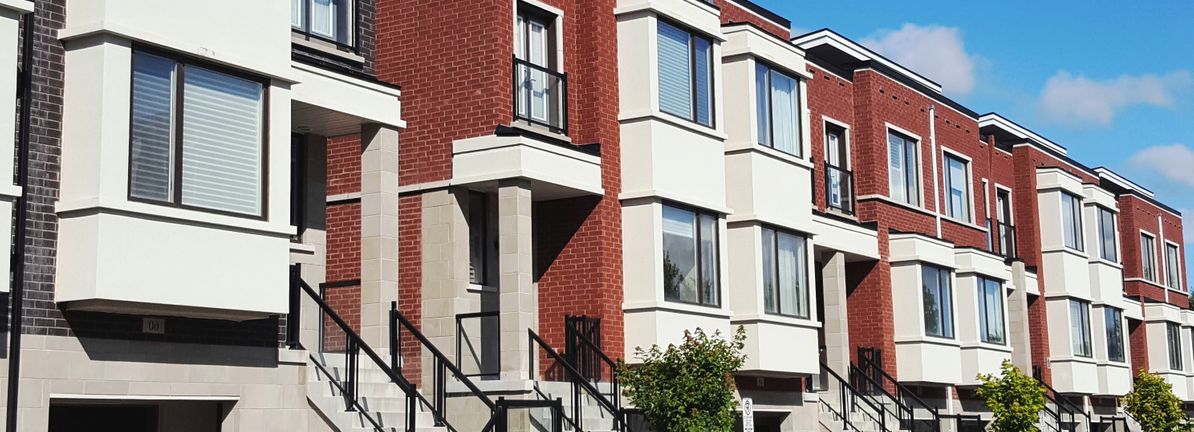J
effrey Epstein’s former Upper East Side townhouse at 9 E. 71st St. has been gutted and rebuilt in a $925,000 overhaul aimed at erasing every trace of the financier’s sexual abuse. The $51 million purchase in 2021 by former Goldman Sachs executive Michael Daffey—who later profited from Bitcoin and Galaxy Digital—was a steep discount from the $88 million asking price. Daffey, an Australian who once ran a $21.8 billion crypto platform, announced plans for a “complete makeover, physically and spiritually.”
The house, once the largest private residence in New York City, sits a block from Central Park and faces the Frick Collection. Its exterior remains largely unchanged; the only visible alteration is the removal of the brass “JE” plaque that once marked Epstein’s ownership. Inside, however, the renovation is dramatic. Five floors were reconfigured: walls were torn down, gilded ceilings and ornate moldings stripped, and the sprawling study merged with the kitchen, breakfast room, and a bathroom. The opulent master bedroom and its expansive bathroom on the third floor were left intact, but a wall in a back bedroom—believed to be the massage chamber used for abuse—was knocked out.
Virginia Giuffre’s posthumous memoir, *Nobody’s Girl*, thrust the property back into public scrutiny. Giuffre, who survived Epstein’s predatory network, describes a “gloomy” black‑marble alcove she dubbed “The Dungeon.” In that room, she was chained, fitted with a black leather collar and metal‑studded chain, gagged, hog‑tied, and beaten until she passed out. The space was decorated with garish, intimidating elements: black‑lacquered cabinets, blood‑red carpets, a taxidermied tiger, and a chess set whose pieces were scantily clad women. An intercom in the room allowed Epstein to summon her under threat of punishment. Giuffre recounts that every room in the house was wired with cameras, a system she used to monitor guests and victims alike.
The memoir also recounts a hidden staircase with a banister carved with eyeballs, a chilling reminder that “we’re always watching you.” Giuffre’s narrative details how her “sessions” began with massage and evolved into increasingly brutal torture, involving whips, restraints, and other instruments. She describes being beaten repeatedly until she blacked out, only to awaken to more abuse.
Neighbors and passersby have expressed a unanimous sentiment: they would never consider living in the townhouse, regardless of the price. “It’s a dark, weird place,” says 26‑year‑old Henry Francois, who lives nearby. “I wouldn’t live there. It’s like walking around at night and feeling on edge.” Upper East Sider Chris O. echoes this view, stating, “I’d be fine living in a place where someone was murdered, but the sex dungeon stuff is where I draw the line.” California native Liz compares the house to a Holocaust museum, noting that “you don’t think you’ll have any level of peace or tranquility in a house like that.”
The property’s history is as storied as its recent past. Built in the 1930s by Macy’s heir Herbert N. Straus, the house was never finished before his death. It later served as a hospital, a private school, and was purchased by Victoria’s Secret founder Les Wexner, who filled the rooms with Picasso paintings. Wexner never lived there and sold the townhouse to Epstein in 1998 for $20 million. After Epstein’s death and the subsequent legal fallout, the house sat vacant until Daffey’s acquisition.
Daffey’s renovation plan involved not only physical changes but also a symbolic cleansing. The removal of the “JE” plaque, the demolition of walls that once concealed abuse, and the replacement of opulent décor with neutral, modern finishes all signal an attempt to erase the legacy of the former owner. Yet some elements remain, such as the master bedroom and bathroom, hinting at the layered history that cannot be fully erased.
The townhouse’s location—just a block from Central Park and across from the Frick Collection—adds a stark contrast to its dark past. While the surrounding neighborhood is affluent and picturesque, the interior of the house tells a different story. The new owner’s investment of nearly a million dollars reflects both a desire to restore the property’s architectural integrity and a need to distance it from the notoriety associated with Epstein.
Virginia Giuffre’s memoir has reignited public interest in the house, forcing a reckoning with its past. Her vivid descriptions of “The Dungeon” and the surrounding surveillance system paint a chilling picture of the abuse that took place. The renovation, while extensive, cannot fully erase the memories tied to the space. For neighbors and the broader community, the townhouse remains a symbol of a dark chapter in New York City’s history, a place that, despite its new façade, still carries the weight of its former occupant’s crimes.












